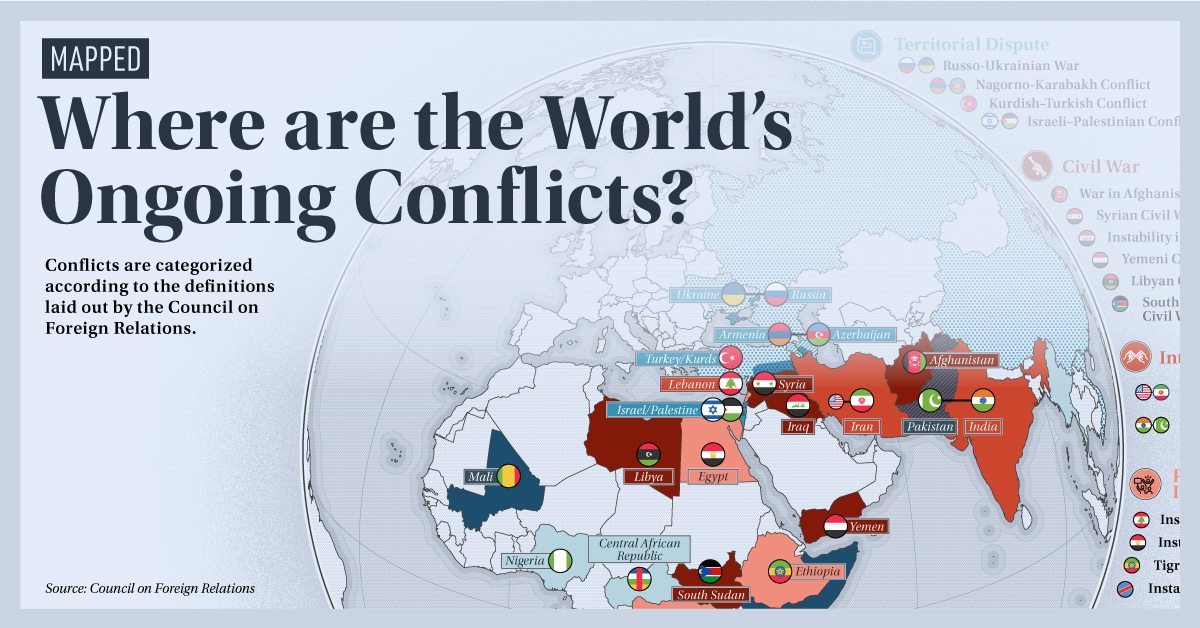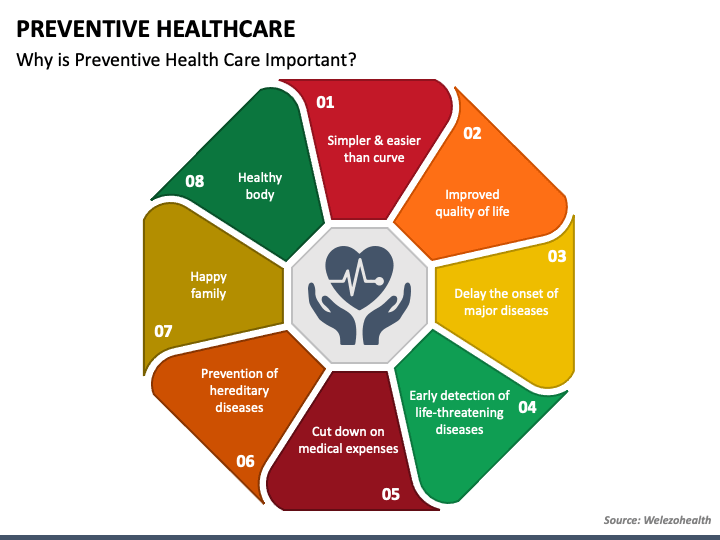Global Conflict: What You Need to Know

Understanding the Escalating Global Conflict: A Deep Dive
The world is watching with growing concern as a complex and multifaceted conflict unfolds, impacting nations and individuals across the globe. While pinpointing a single “start” is difficult – many argue the roots lie in decades of simmering tensions – the recent escalation demands a thorough examination. This post aims to break down the key players, the underlying causes, the current situation, and potential future scenarios. It’s a challenging topic, but one we must address with nuance and a commitment to understanding.
Historical Context: Seeds of Discord
To understand the present, we must first look to the past. The current conflict isn’t a spontaneous eruption; it’s the culmination of long-standing geopolitical rivalries, economic disparities, and unresolved historical grievances. For years, a delicate balance of power existed, often maintained through uneasy alliances and diplomatic maneuvering. However, shifts in global influence, particularly the rise of new economic and military powers, have disrupted this balance.
Specifically, the region has been plagued by disputes over territorial claims, access to vital resources (like water and energy), and differing ideological perspectives. Past interventions by external powers, often with the stated goal of promoting stability, have frequently exacerbated existing tensions and created new ones. The legacy of colonialism and the drawing of arbitrary borders continue to fuel resentment and conflict. Ignoring these historical factors is a critical mistake when attempting to analyze the current situation.
Key Players and Their Motivations
The conflict involves a complex web of actors, each with their own distinct interests and objectives. Identifying these players and understanding their motivations is crucial.
Nation A, a major regional power, asserts its claim to disputed territories based on historical and cultural ties. Their primary goal appears to be securing control over these areas and establishing regional dominance. They are backed by Nation B, a global superpower seeking to maintain its influence in the region and protect its economic interests, particularly access to oil and gas reserves. Nation B provides significant military and economic aid to Nation A.

Opposing them is Nation C, which champions the rights of a marginalized ethnic group within the disputed territories. They receive support from Nation D, a nation with a strong ideological commitment to human rights and self-determination. However, Nation D’s involvement is also driven by a desire to counter the influence of Nations A and B. The situation is further complicated by the presence of non-state actors, including various militant groups with their own agendas, often fueled by religious extremism or political opportunism.
It’s important to note that these alliances are not monolithic. Internal divisions and competing interests exist within each nation, making it difficult to predict their future actions with certainty.
The Current Situation: A Ground Report
Currently, the conflict is characterized by intense fighting along the border between Nation A and Nation C. Reports of civilian casualties are tragically high, and a humanitarian crisis is unfolding as hundreds of thousands of people have been displaced from their homes. The fighting has extended beyond the immediate border region, with sporadic attacks occurring in neighboring countries.
Economic sanctions imposed on Nation A by the international community have had a limited impact so far, and accusations of arms smuggling continue to surface. Diplomatic efforts to broker a ceasefire have repeatedly failed, largely due to the intransigence of both sides and the conflicting demands of their respective allies. The use of advanced weaponry, including drones and precision-guided missiles, has significantly escalated the intensity of the conflict and raised concerns about the potential for further escalation.
The information landscape is also heavily contested. Both sides are engaged in a sophisticated propaganda campaign, attempting to shape public opinion and justify their actions. Verifying information from the conflict zone is extremely difficult, and independent journalists face significant risks.
Potential Future Scenarios: Navigating the Uncertainty
Predicting the future course of the conflict is a daunting task, but several potential scenarios are emerging.
Scenario 1: Prolonged Stalemate. The conflict could settle into a protracted stalemate, with neither side able to achieve a decisive victory. This scenario would likely involve continued low-intensity fighting, a worsening humanitarian crisis, and a persistent threat of escalation.
Scenario 2: Regional Expansion. The conflict could spill over into neighboring countries, drawing in additional actors and potentially triggering a wider regional war. This scenario would have devastating consequences for the entire region and could destabilize global energy markets.
Scenario 3: Negotiated Settlement. A negotiated settlement, while challenging, remains a possibility. This would require a willingness from all parties to compromise and address the underlying causes of the conflict. International mediation and guarantees would be essential to ensure the long-term sustainability of any peace agreement.
Scenario 4: External Intervention. Direct military intervention by a major external power, such as Nation B or Nation D, could dramatically alter the course of the conflict. However, such intervention would carry significant risks, including the potential for unintended consequences and a further escalation of violence.
The Path Forward: Towards a Sustainable Peace
Ultimately, a sustainable peace will require a comprehensive approach that addresses the root causes of the conflict. This includes promoting economic development, fostering inclusive governance, protecting human rights, and resolving territorial disputes through peaceful means. International cooperation and a commitment to diplomacy are essential.
It’s also crucial to recognize that there are no easy solutions. The conflict is deeply entrenched, and overcoming decades of mistrust and animosity will require sustained effort and a willingness to engage in difficult conversations. Ignoring the plight of civilians and prioritizing short-term political gains over long-term stability will only perpetuate the cycle of violence.
This conflict serves as a stark reminder of the fragility of peace and the importance of proactive diplomacy. We must learn from the mistakes of the past and work towards a future where conflicts are resolved through dialogue and cooperation, not through violence and destruction.



